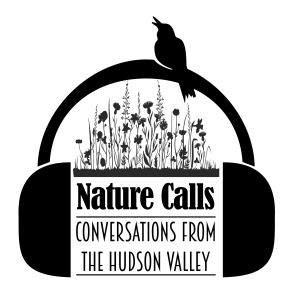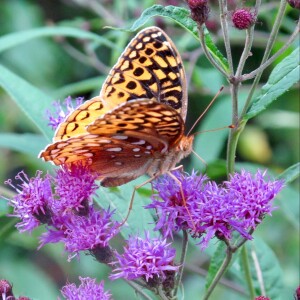
Nature Calls: Conversations from the Hudson Valley
Leisure:Home & Garden

A recent DEC study confirmed concerns about the health of some pollinator populations in New York State. The survey found that between 38 and 60 percent of the species studied are potentially imperiled or critically imperiled. Although the survey documented 16 bee and fly species for the first time in New York, recent sightings or records could not be confirmed for 79 pollinator species previously recorded in the state. The study found that more than one-third of the native pollinators surveyed are at risk of becoming extinct in New York. Pollinator populations can be helped by conserving habitat, controlling invasive plants, changing mowing regimes, converting lawns into meadows, paying attention to the siting and density of honey bee hives to reduce competition and spread of disease to native species, controlling deer browsing of the understory, retaining logs and snags in forests, and reducing unnecessary outdoor lights for nocturnal species.
To help address some of these issues, Pollinate Now! is focused on improving biodiversity and resilience through habitat restoration in support of at-risk pollinators. They are working to provide design toolkits to help landowners, landscape professionals and farmers implement restoration plantings across a diverse range of site types and scales. Starting with four unique designs for urban, riparian, working farms and old fields, they are striving to create a community of practice to improve biodiversity and resilience.
In the first of a two part conversation, listen to Eli Arnow and Avalon Bunge talk about how they got started with Polinate Now! and their plans for the future.
Hosts: Tim Kennelty and Jean Thomas
Guests: Eli Arnow and Avalon Bunge
Photo by:Tim Kennelty
Production Support:Linda Aydlett, Teresa Golden and Annie Scibienski
More Episodes
 2024-11-18
2024-11-18
 2024-10-17
2024-10-17
 2024-10-09
2024-10-09
 2024-10-03
2024-10-03
 2024-09-26
2024-09-26
 2024-09-19
2024-09-19
 2024-08-22
2024-08-22
 2024-08-15
2024-08-15
 2024-08-08
2024-08-08
 2024-08-01
2024-08-01
 2024-07-25
2024-07-25
Create your
podcast in
minutes
- Full-featured podcast site
- Unlimited storage and bandwidth
- Comprehensive podcast stats
- Distribute to Apple Podcasts, Spotify, and more
- Make money with your podcast
It is Free
- Privacy Policy
- Cookie Policy
- Terms of Use
- Consent Preferences
- Copyright © 2015-2024 Podbean.com





